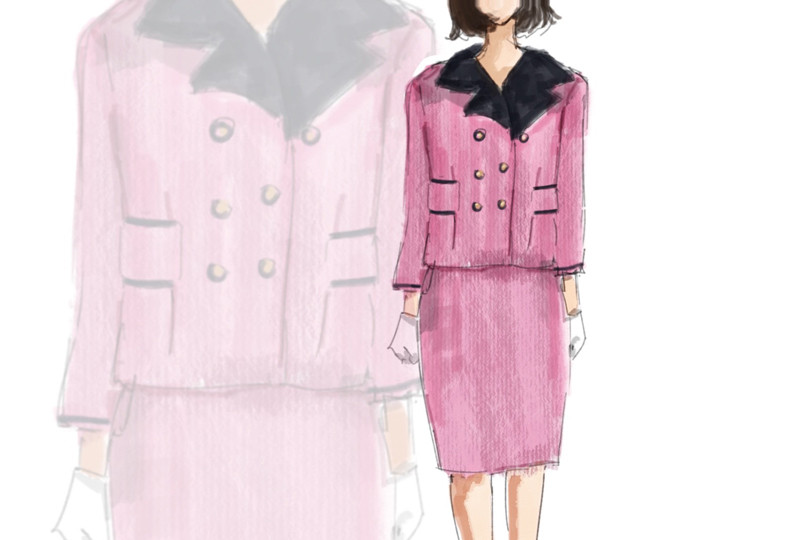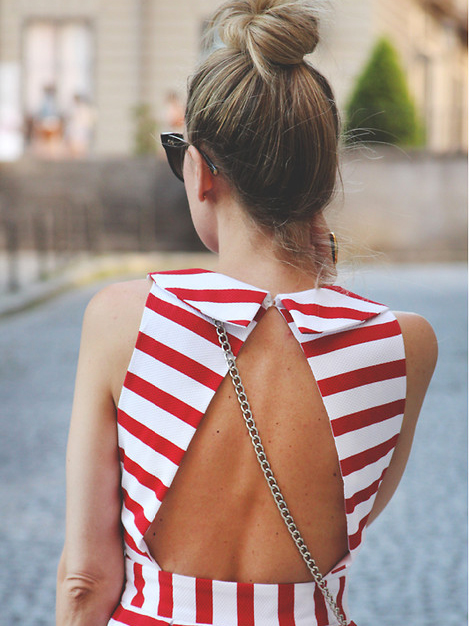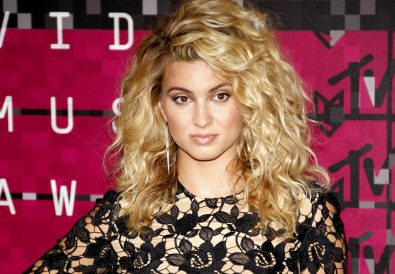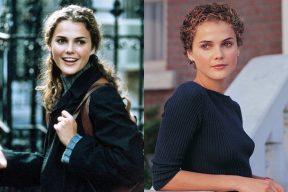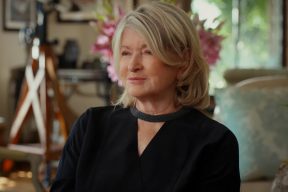Part of an ongoing series of 29Secrets stories, taking a deep dive into the history of legendary beauty products and iconic fashion and pop culture moments…
By Christopher Turner
Illustration by Michael Hak
One of the most significant, and shocking, moments in history was the assassination of John F. Kennedy, who served as the 35th president of the United States of America from 1961 until his assassination in 1963. Although he had not formally announced his candidacy, it was clear that President Kennedy was preparing for the next presidential campaign, and his visit to Dallas, Texas, on Friday, November 22, 1963, was aimed at boosting his re-election bid ahead of the 1964 US presidential vote.
Thousands had turned out to see the president and his fashionable wife, Jacqueline Bouvier Kennedy, as they rode in a motorcade through the local streets in downtown Dallas. At 12:30 pm, as the couple waved at the crowds of admirers from an open-top limousine while passing through the Dealey Plaza, three gunshots were heard. Two bullets struck the president’s neck and head and he slumped over towards his wife, while a third bullet hit Texas Governor John Connally in his back. The president was pronounced dead at 1:00 pm in a historic announcement that stunned America and, indeed, the world.
After her husband died, the First Lady refused to remove her blood-soaked Chanel suit, fully aware of the power of her own picture. Upon arrival at Parkland Memorial Hospital, she refused to clean herself up and brushed off suggestions that she should change, telling her aides, “Let them see what they’ve done.”
Later that afternoon she continued to wear the suit, still stained with her husband’s blood, during the swearing-in of Vice President Lyndon B. Johnson, who was sworn in as the 36th president of the United States on national television while flying back to Washington, DC on Air Force One. She later revealed that she didn’t remove the stained ensemble until the next morning and that her only regret was wiping her face clean of blood before going on camera.
Images of JFK’s assassination, as well as images of Jackie wearing a Chanel suit stained with her husband’s blood, have been seared into history. In fact, the suit she wore that day is an integral part of American history, and was preserved and donated to the National Archives following her death. Although it has been decades since it was last seen, it is arguably one of the most referenced and revisited clothing items in history. Here is the full story behind the strawberry-pink Chanel suit and matching pillbox hat worn by the former First Lady Jacqueline Bouvier Kennedy on the day of her husband’s assassination.
Was it Chanel?
Jackie’s Chanel suit is sometimes described as “watermelon pink” or “raspberry pink” in the press, but according to the French fashion house the actual colour name is strawberry-pink. Coco Chanel first showed the strawberry-pink Chanel suit in her 1961 fall/winter couture collection. The suit was double-breasted, with six gold buttons and four square pockets, two on each side of the jacket. The fabric was a lightweight wool from Linton Tweeds in a nubby weave known as bouclé. The wide quilted collar, jacket lining, and piping trim on the sleeves and at the top of each pocket were all navy blue silk. Accompanying the suit was a trademark pillbox hat in matching pink with a band of navy piping around the crown.
At the time, the most fashionable and modern women wore Mademoiselle Chanel’s designs, so the label was a perfect match for Jackie, who was considered one of the most influential fashion icons of her era. And the cost? The suit in 1963 was estimated to cost US$800 to US$1,000 (US$7,081 to US$8,851 in 2021 dollars).
A long-time question among fashion historians and experts was whether the suit was made by Chanel in France or whether it was a quality copy. In her 2010 authorized biography of Coco Chanel, Justine Picardie finally resolved the matter after examining the Chanel archives. Although the design was by Chanel, the piece itself was fitted and sewn for the First Lady in New York by the high-end Manhattan boutique Chez Ninon, which was a popular dress shop that imported European labels and materials and put them together in the United States. The fabric, buttons and trim for the jacket were directly sent from the Chanel atelier in Paris, and the suit was made and fitted for the First Lady at Chez Ninon, using Chanel’s approved “line for line” system with authorized Chanel patterns and materials. (Unlike other couturiers, Chanel never sold patterns, but adhered to what was known as the ‘line for line’ system, keeping as close as possible to the original design.)
Picardie insists this system had nothing to do with forgery or trademark infringement, since Chanel approved and supplied the materials to Chez Ninon. The purpose of buying the suit from Chez Ninon was not to save money – the costs were the same – but to appear patriotic. At the time, it was imperative for first ladies to be seen in clothing that was made in America.
Prior to her husband’s presidential win, the Republicans had made Jackie’s Paris shopping habits a campaign issue. John F. Kennedy was elected president on November 8, 1960, and a week later Jackie wrote a letter to Women’s Wear Daily, pointing out the inaccuracies of press speculation about her supposed shopping habits. WWD published a portion of the letter as the First Lady’s ‘Fashion Philosophy,’ which appeared on the front page of the magazine.
“When Jacqueline Kennedy moves into the White House she will wear only American clothes and she is looking forward to it.… What fashion news can be expected from Mrs. Kennedy in the next four years? She will not order a great many clothes. She does not believe a public figure can be photographed only once in the same outfit. She will wear simple and fairly timely fashions which will do hard work for her. She does expect interest to be taken in the ‘Kennedy Fashion Look’ but is determined her husband’s administration not be plagued with fashion stories of a sensational nature.”
Jackie had been photographed wearing the vivid pink suit a few times prior to the Dallas rally. Photographs exist of her wearing the suit – or one very similar to it – at multiple public appearances in Washington and overseas in London throughout 1961 and 1962.
On that fateful day in 1963 in Texas, the First Lady accessorized her suit with a sleeveless navy silk shell blouse, a matching pink pillbox hat with a band of navy piping around the crown that she secured to her head with a standard hatpin, and a pair of short white leather gloves with tiny wrist buttons. She carried a navy handbag with a gold buckle and gold chain handle, and wore low-heeled navy shoes with a small gold ornament at the toe. A navy silk scarf knotted at the neck and tucked into the front of the jacket, a few rows of pearls around her neck, and a gold bangle bracelet on her left wrist completed her outfit.
The outfit was reportedly a favourite of the president himself, who had asked her to wear it on the day of the Dallas rally. In an interview with biographer William Manchester after the tragedy, Jackie said her husband had told her:
“‘There are going to be all these rich, Republican women at that lunch…wearing mink coats and diamond bracelets. And you’ve got to look as marvellous as any of them. Be simple – show these Texans what good taste really is.’ So she tramped in and out of his room, holding dresses in front of her. The outfits finally chosen – weather permitting – were all veterans of her wardrobe: beige and white dresses, blue and yellow suits, and, for Dallas, a pink suit with a navy blue collar and a matching pink pillbox hat.”
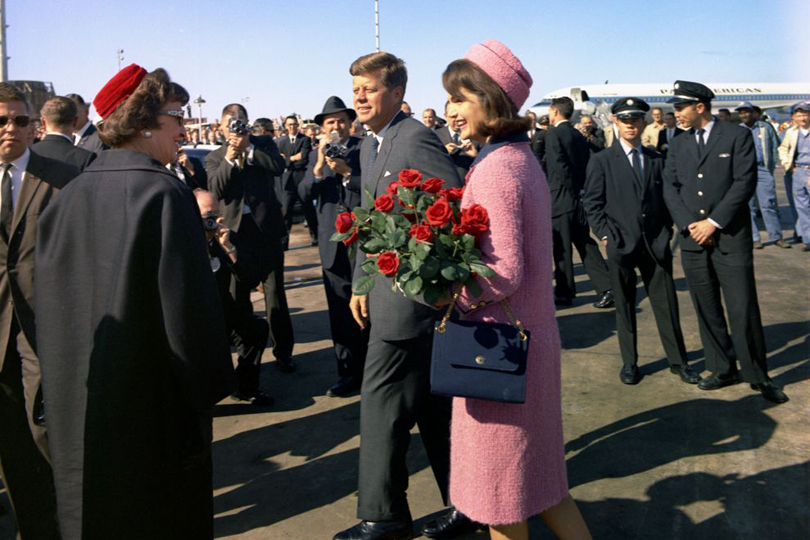
The assassination
When the First Couple arrived on Air Force One at Dallas’s Love Field airport, Jackie was given a bunch of red roses; the few surviving colour photographs show her looking radiant in the pink suit, with the red roses in her arms, and the November sky a beautiful blue. She had been wearing dark glasses, but her husband asked her to remove the glasses because the crowds had come to see her face.
John F. Kennedy was assassinated on Friday, November 22, 1963, at 12:30 pm CST while riding in a presidential motorcade through Dealey Plaza near the Texas School Book Depository by Lee Harvey Oswald, a former US Marine. Jackie was seated to the left side of the president in the back seat of the open-top presidential limousine; Texas Governor John Connally and Connally’s wife, Nellie, were also in the vehicle. Immediately after President Kennedy was shot in the head, Jackie’s suit spattered by his blood, the motorcade rushed to Parkland Memorial Hospital, where Kennedy was pronounced dead about 30 minutes after the shooting. (Connally was also wounded in the attack, but recovered.)
Vice President Lyndon B. Johnson’s wife, Lady Bird Johnson, saw the car and wrote in her diary: “I cast one last look over my shoulder and saw in the President’s car a bundle of pink, just like a drift of blossoms, lying in the back seat. It was Mrs. Kennedy lying over the President’s body.”
After the president was declared dead and his body taken in a casket to Air Force One, wrote Mrs. Johnson, she stood beside her husband as he took the oath of office on board the aircraft. Jackie was also there, “her hair falling in her face but very composed.… I looked at her. Mrs. Kennedy’s dress was stained with blood. One leg was almost entirely covered with it and her right glove was caked, it was caked with blood – her husband’s blood. Somehow that was the one of the most poignant sights – that immaculate woman, exquisitely dressed, and caked in blood.”
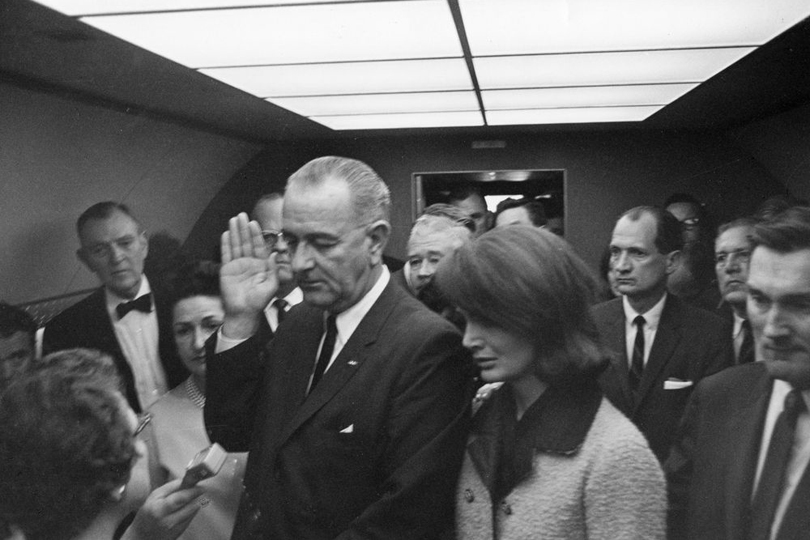
Around 70 minutes after Kennedy and Connally were shot, Oswald was arrested by the Dallas Police Department and charged under Texas state law with the murders of Kennedy and Dallas policeman J. D. Tippit. At 11:21 am on November 24, 1963, as live television cameras covered Oswald being moved through the basement of Dallas Police Headquarters, he was fatally shot by Dallas nightclub operator Jack Ruby. Like Kennedy, Oswald was also taken to Parkland Memorial Hospital, where he soon died. Ruby was convicted of Oswald’s murder, though it was later overturned on appeal, and Ruby died in prison in 1967 while awaiting a new trial.
On Monday, November 25, 1963, President Kennedy was laid to rest in Arlington National Cemetery, with heads of state and representatives from more than 100 countries attending and with untold millions more watching on television.
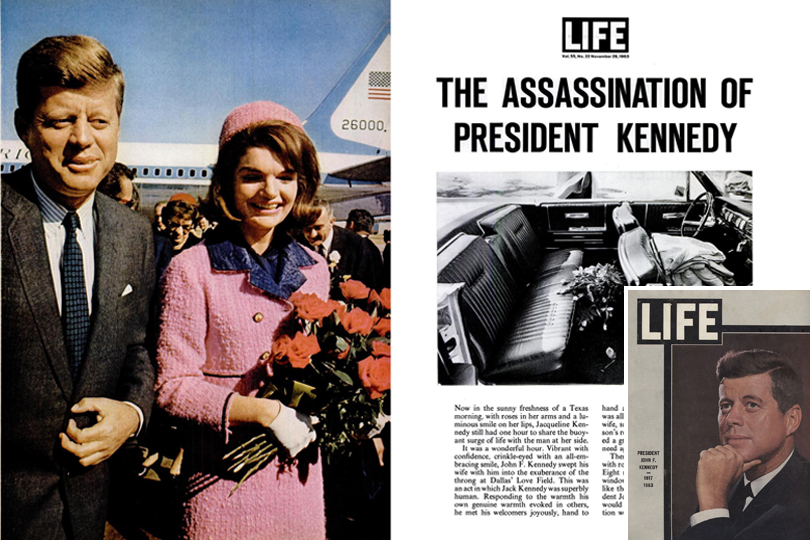
The colour
Today, the suit’s bright strawberry hue is synonymous with the assassination of John F. Kennedy, but the colour the First Lady wore that day was not known to the public until November 29, 1963, when now-shuttered Life Magazinefeatured colourized photos for a memorial issue dedicated to JFK. Up until that day, only sepia-toned bloodstains were visible on her suit through the video footage of Lyndon B. Johnson’s makeshift inauguration.
Locked away
While the strawberry-pink Chanel suit, pillbox hat and gloves are the most referenced and revisited among Jacqueline Kennedy’s clothing items, the exact whereabouts of the items are unknown to the public.
When Jackie finally removed her suit the following morning, her maid folded it and placed it in a box. Some days after the assassination, this box was sent to Jackie’s mother, Janet Lee Auchincloss, who wrote “November 22nd 1963” on the top of the box and stored it in her attic. Eventually the box was given to the National Archives and Records Administration’s College Park facility in Maryland in the 1960s for safekeeping, along with an unsigned note bearing the Auchincloss letterhead stationery. The note read: “Jackie’s suit and bag worn Nov. 22, 1963.” The last person known to have had it before it was passed off to the National Archives was Jackie’s personal secretary, Mary Gallagher, who has never discussed it.
Technically the outfit was still owned by Jackie although it was in possession of the Archives. After Jackie’s death on May 19, 1994, ownership of the suit was transferred to her daughter, Caroline Kennedy, her sole surviving heir. Finally, in 2003, Caroline officially donated the items in the box to the Archives, but a provision in Caroline’s deed of gift stated that the suit stay out of the public eye for 100 years so as to avoid any “undignified or sensational use of the materials (such as public display) or any other use which would tend in any way to dishonour the memory of the late President or cause unnecessary grief or suffering to members of his family.” If the suit ever does become available for viewing, it won’t be until 2103. Until then, the suit and accompanying pieces remain within the National Archives facility in Maryland, in a secure, climate-controlled area.
The suit, which was never cleaned, is reportedly in “an acid-free container in a windowless room.… The temperature hovers between 65 and 68 °F (18 and 20 °C); the humidity is 40 per cent; the air is changed six times an hour.”
Loyalty
Whatever the painful associations, Jackie did not stop buying Chanel after the assassination. According to Chanel records, she was a couture customer of the French fashion house between 1955 and 1968. Years later she continued to buy Chanel, but in secret as she had many times in the past, via her friend Letizia Mowinckel (who pretended to be shopping for a cousin) and her sister, Lee Radziwill. When her couture purchases became infrequent, Jackie continued to wear Chanel No. 5 perfume, which was ironically popularized by her husband’s rumoured mistress, Marilyn Monroe.
Mademoiselle Chanel remained loyal to her customer and never commented on the bloodstained pink suit, although several years after the assassination, she told James Brady at Women’s Wear Daily that she disapproved of Jackie wearing miniskirts: “she wears her daughter’s clothes.”
Whatever else died with JFK’s assassination, Jackie’s Americanized Chanel suit survived, a piece of evidence from a split second in history. Decades after President Kennedy’s death, the stained pink suit stands as a symbol of Jackie’s loyalty to her husband and fortitude in the face of tragedy as well as a public statement of grief. And, although it has been kept out of sight, the Chanel suit has lived on in photographs, even though the majority of them are in grainy black and white.
![]()
Want more? You can read other stories from our The Story Of series right here.

